No PC maker is growing faster than Apple. Mac shipments increased 20.8% year over year in Q2, according to market analysts. That’s a growth rate that dwarfs larger rivals.
It’s the second quarter in a row of double-digit growth for Apple.
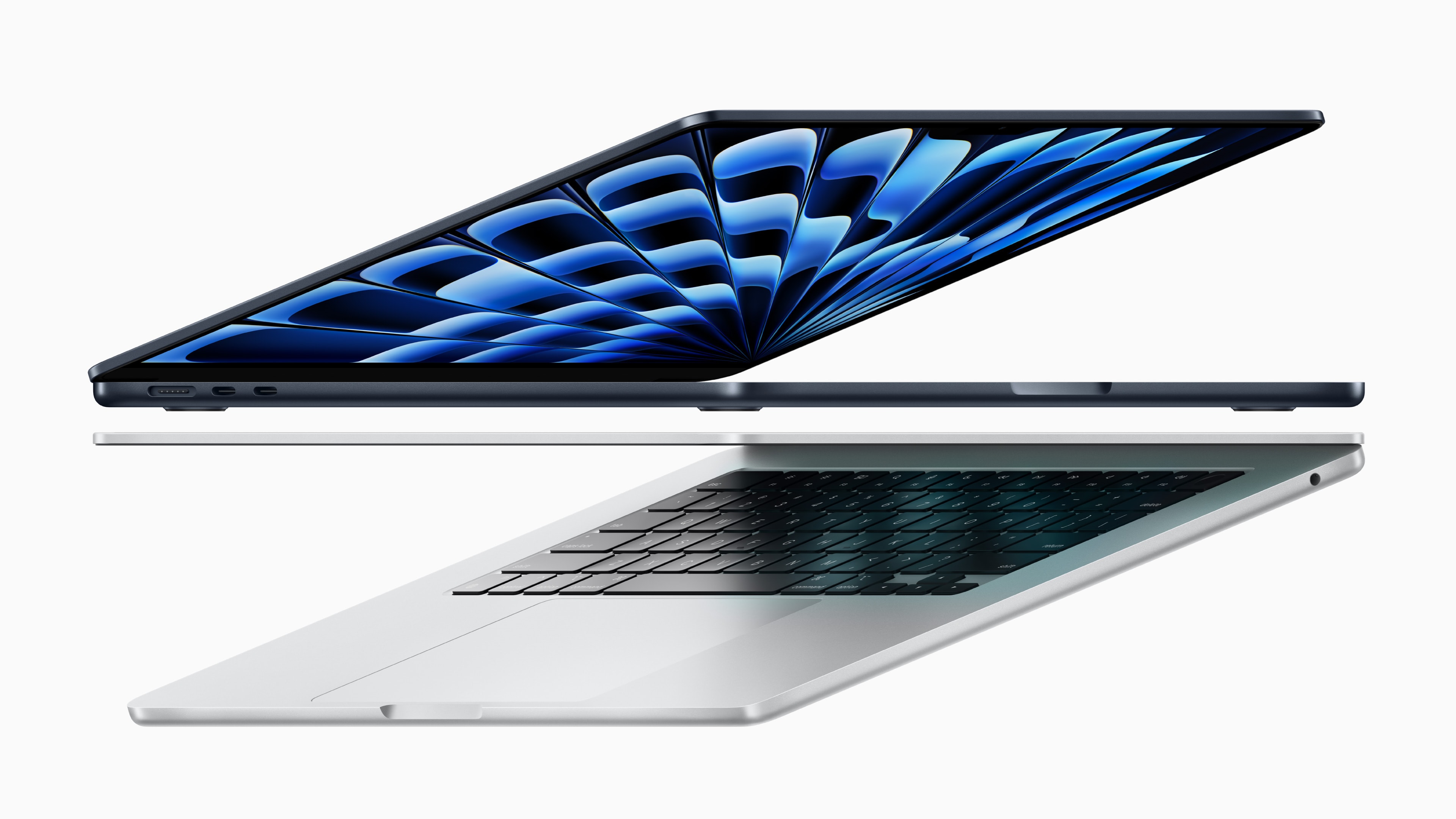
No PC maker is growing faster than Apple. Mac shipments increased 20.8% year over year in Q2, according to market analysts. That’s a growth rate that dwarfs larger rivals.
It’s the second quarter in a row of double-digit growth for Apple.

Apple’s shipments of Mac desktops and notebooks grew modestly in 2022, according to market research firm. That’s in stark contrast to shipments of PCs that dropped enormously last year.
And Apple could have done even better if it hadn’t pushed back the release of new Macs past the fourth quarter.

Worldwide Mac shipments grew 22% in 2021. That’s the highest annual growth rate of any computer maker, according to a market-analysis firm.
It continues a year-over-year strong growth trend that started in 2020 and resulted in a 55% increase in shipments over two years.
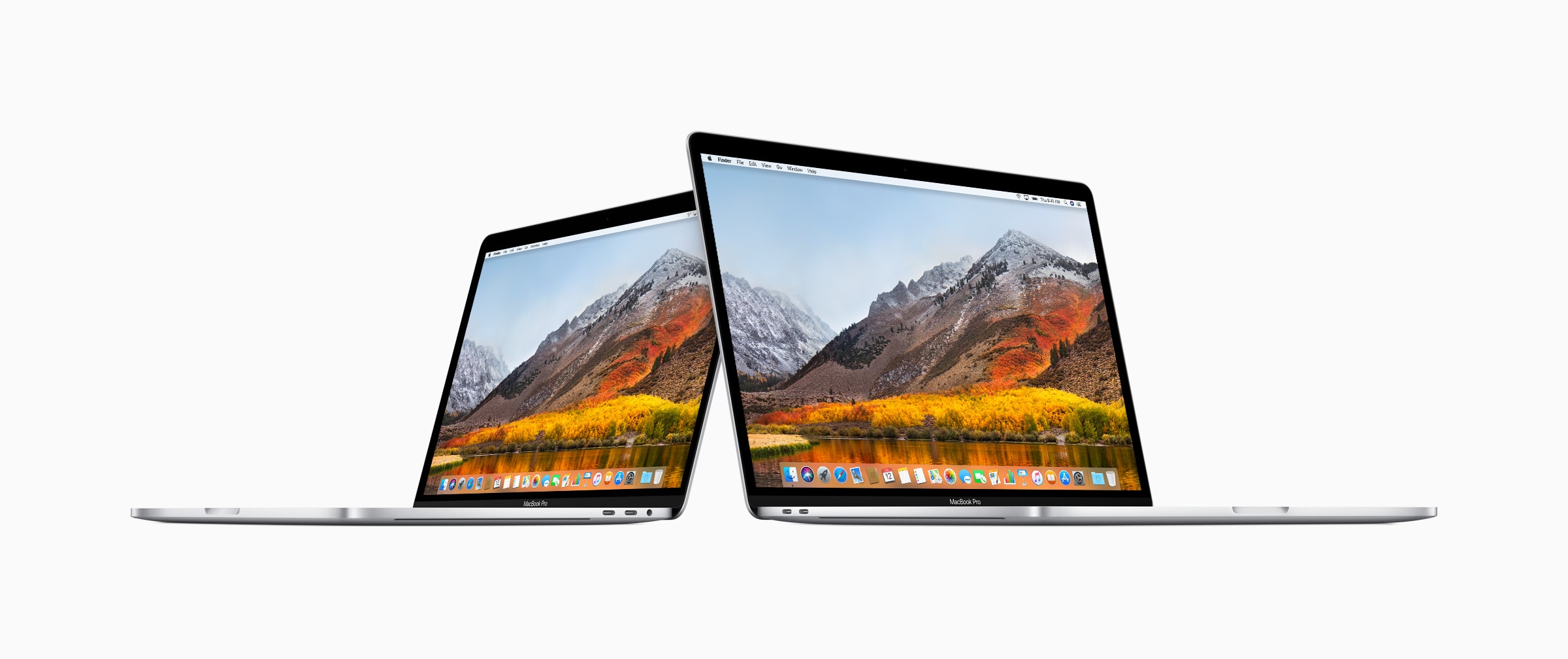
Mac shipments fell during the third quarter of 2019 as PC sales continued to grow, according to new estimates from Gartner.
Apple’s market share declined as a result, but the company maintains its fourth spot for now. And shipments will almost certainly be boosted soon by the launch of the all-new Mac Pro and 16-inch MacBook Pro.

Analysts have started raising iPhone 11 shipping estimates after surprisingly strong demand for Apple’s newest handsets.
Initial stock of most models quickly sold out after Apple starting accepting preorders on Friday, September 13. It seems fans are particularly interested in the brand new color options.
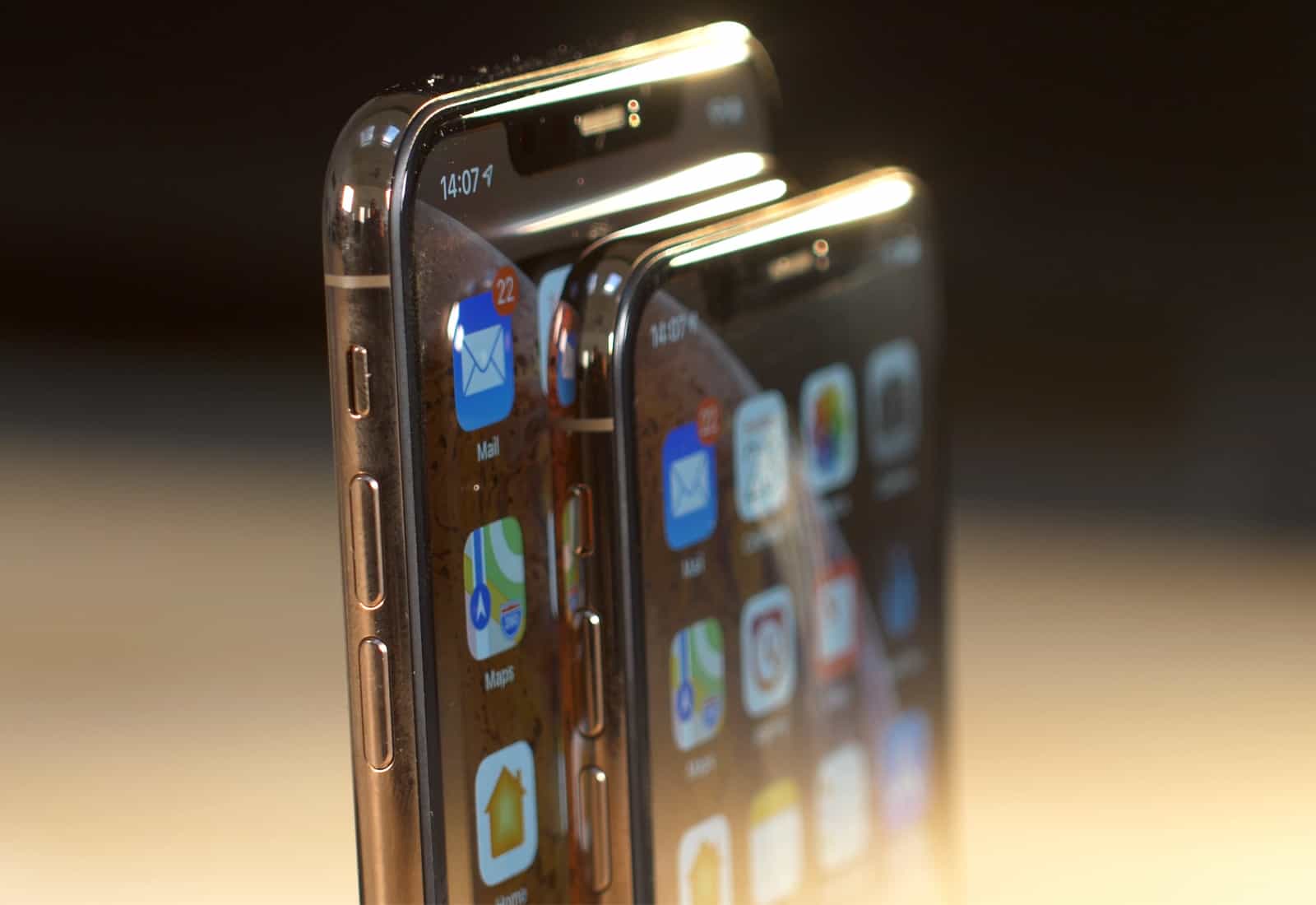
iPhone shipments are expected to slide by a whopping 15% in 2019, thanks in part to a lack of 5G connectivity, researchers say. But it won’t be long before sales are on the up again.
A more significant upgrade to the iPhone lineup in 2020 could allow Apple to enjoy rare growth in an increasingly saturated market.
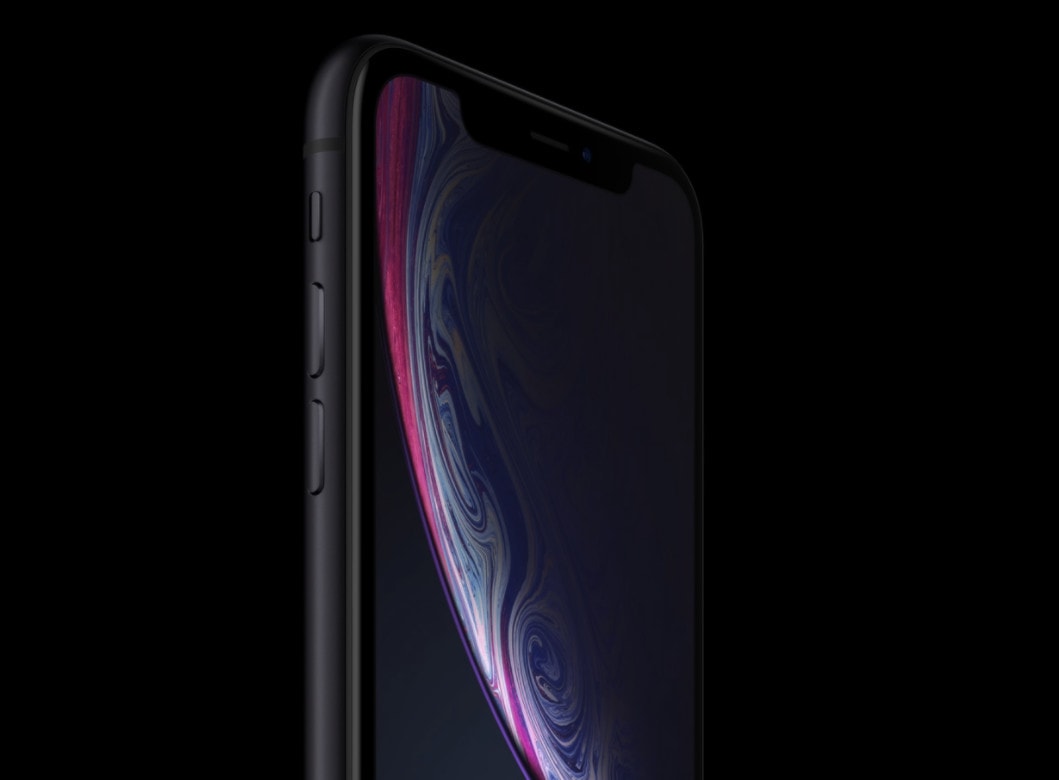
The iPhone XR remains a big hit for Apple — not only in the U.S. but around the world. The $749 handset easily outsold every other smartphone during the first half of 2019, according to new data.
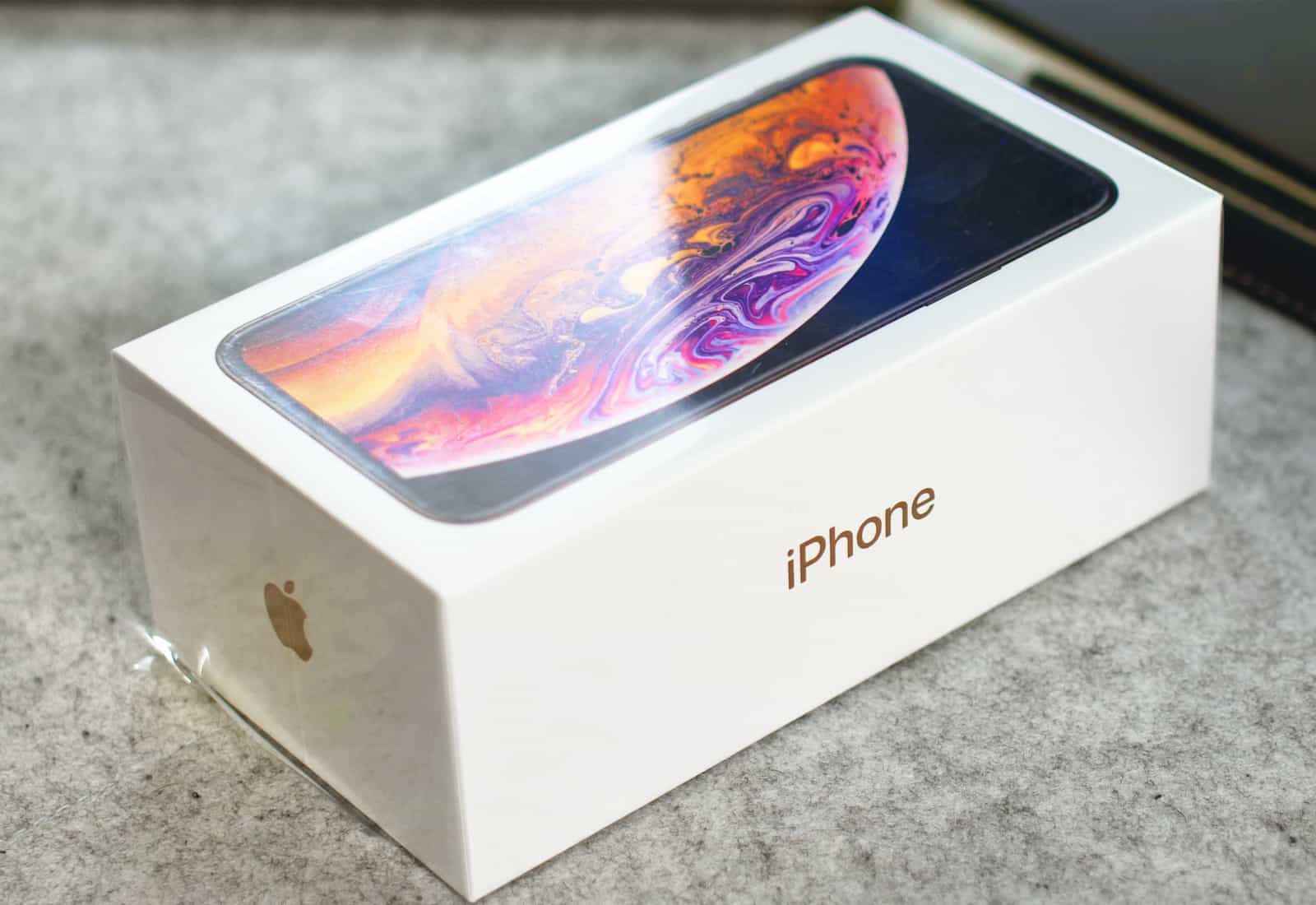
Apple suppliers have taken a hit in revenue during early 2019 as a result of falling iPhone shipments. Analysts don’t expect a turnaround anytime soon with Apple’s smartphone still struggling to catch a break in China.

Apple no longer discloses exact iPhone sales, and that might be for the best.
New data suggests the company’s smartphone business suffered its worst decline in nearly three years over the 2018 holiday period. Apple still managed to be the second-best seller, however.
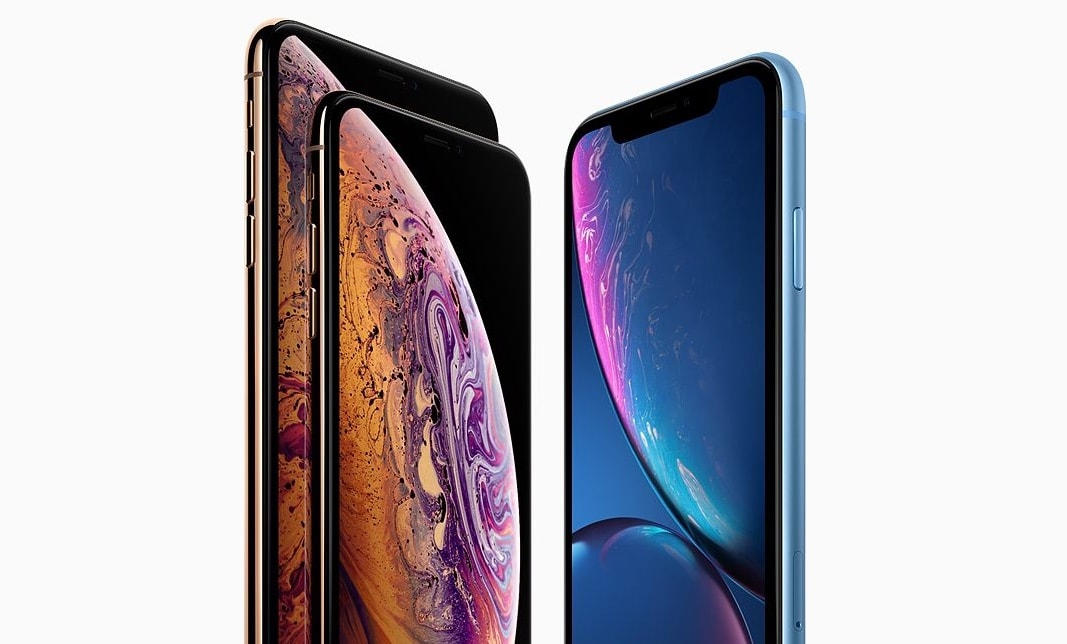
Apple blamed falling smartphone sales in China for its weaker than anticipated holiday earnings last year, and now new data indicates that the iPhone suffered more than most in the East.
In fact, sales of Apple handsets fell twice as fast as the rest of the smartphone market as a whole.

Apple’s best-selling smartphone last November was, perhaps unsurprisingly, its most affordable model. The iPhone XR outsold the iPhone XS and the larger iPhone XS Max, according to new data — but overall iPhone sales saw a significant decline.
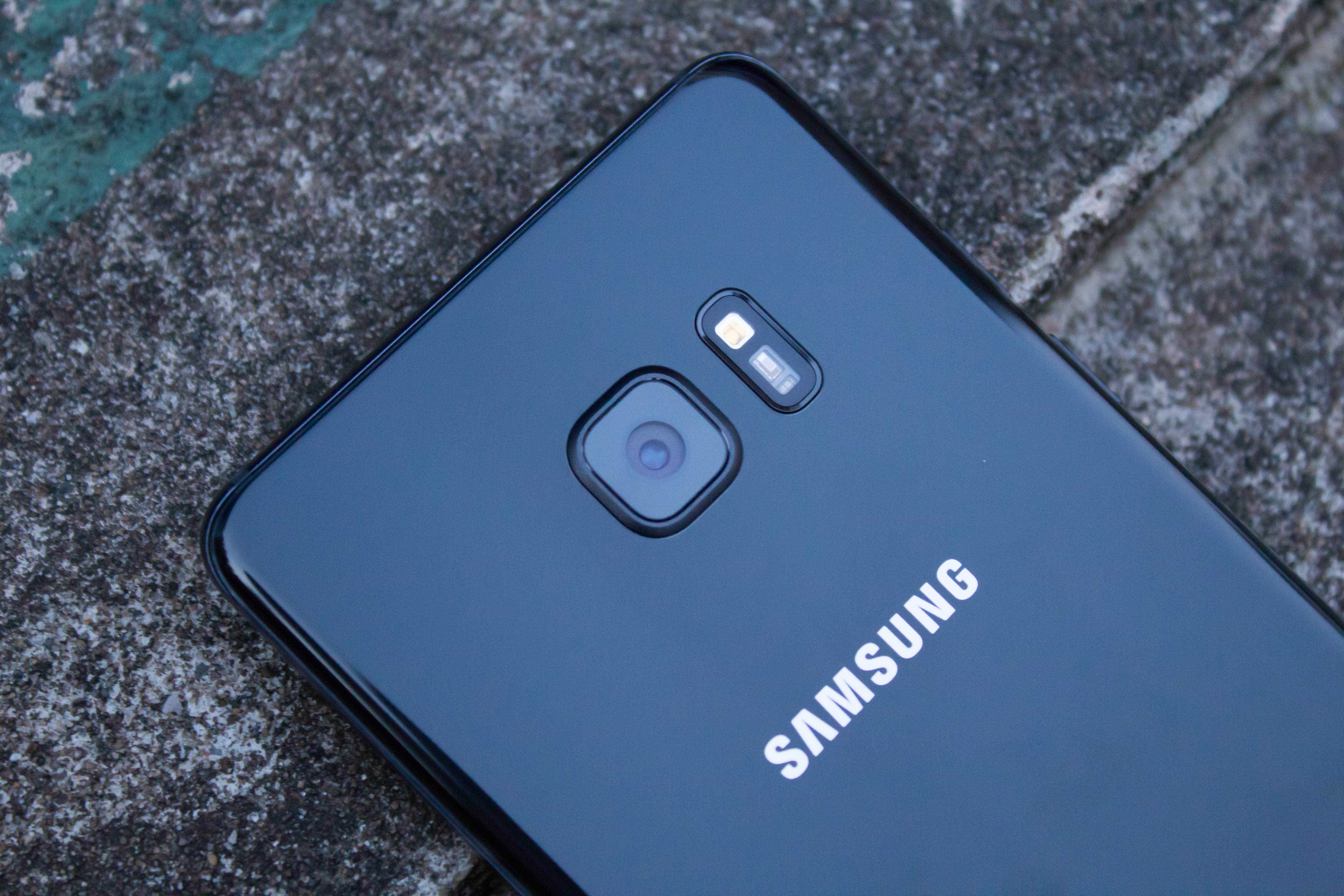
It turns out Apple isn’t the only smartphone maker that’s suffering from falling sales in China. Samsung, one of the iPhone’s biggest rivals, is also expected to follow Apple in confirming lower than anticipated revenue for the fourth quarter of 2018.
The South Korean company’s warning, which will reportedly come on Tuesday, will reveal a 12 percent fall in year-on-year operating profit for the three-month period. Revenue is also expected to drop 5 percent.

iPhone X remained the best-selling handset in Europe throughout the first quarter of 2018, despite a substantial drop in overall shipments as a result of “smartphone fatigue.” Apple reportedly shipped more than 10 million devices during the three-month period.
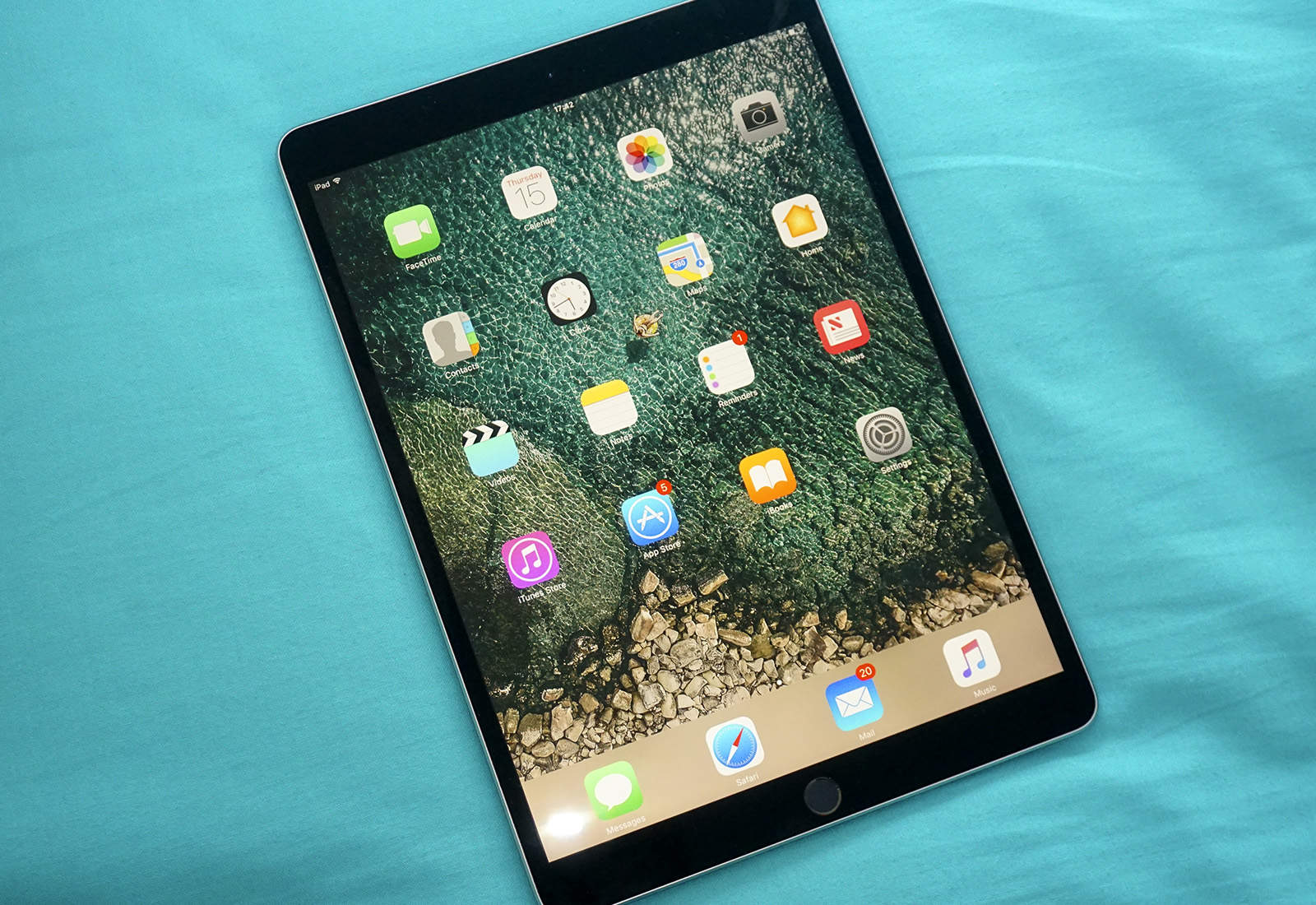
The iPad remains the king of tablets after strong sales helped the device grab its highest share of the worldwide tablet market since 2014.
Apple confirmed on Tuesday that it sold 9.1 million iPads last quarter, which helped its market share grow 2.1 percent despite a drop in overall tablet shipments.

The iPhone will gain market share as Samsung loses its grip in 2018, according to new predictions.
Apple is one of just three companies that are expected to see growth this year following weaker-than-expected smartphones sales in late 2017. TrendForce expects total handset production to grow just 2.8 percent, down from the 5 percent previously expected.

Demand for iPhone X has nosedived since the holidays, according to recent reports, which wiped $46 billion off Apple’s market value in under a week. But is that really true? Was Apple really anticipating sales of 40 million units in the second quarter of 2018?
Let’s take a more realistic look.
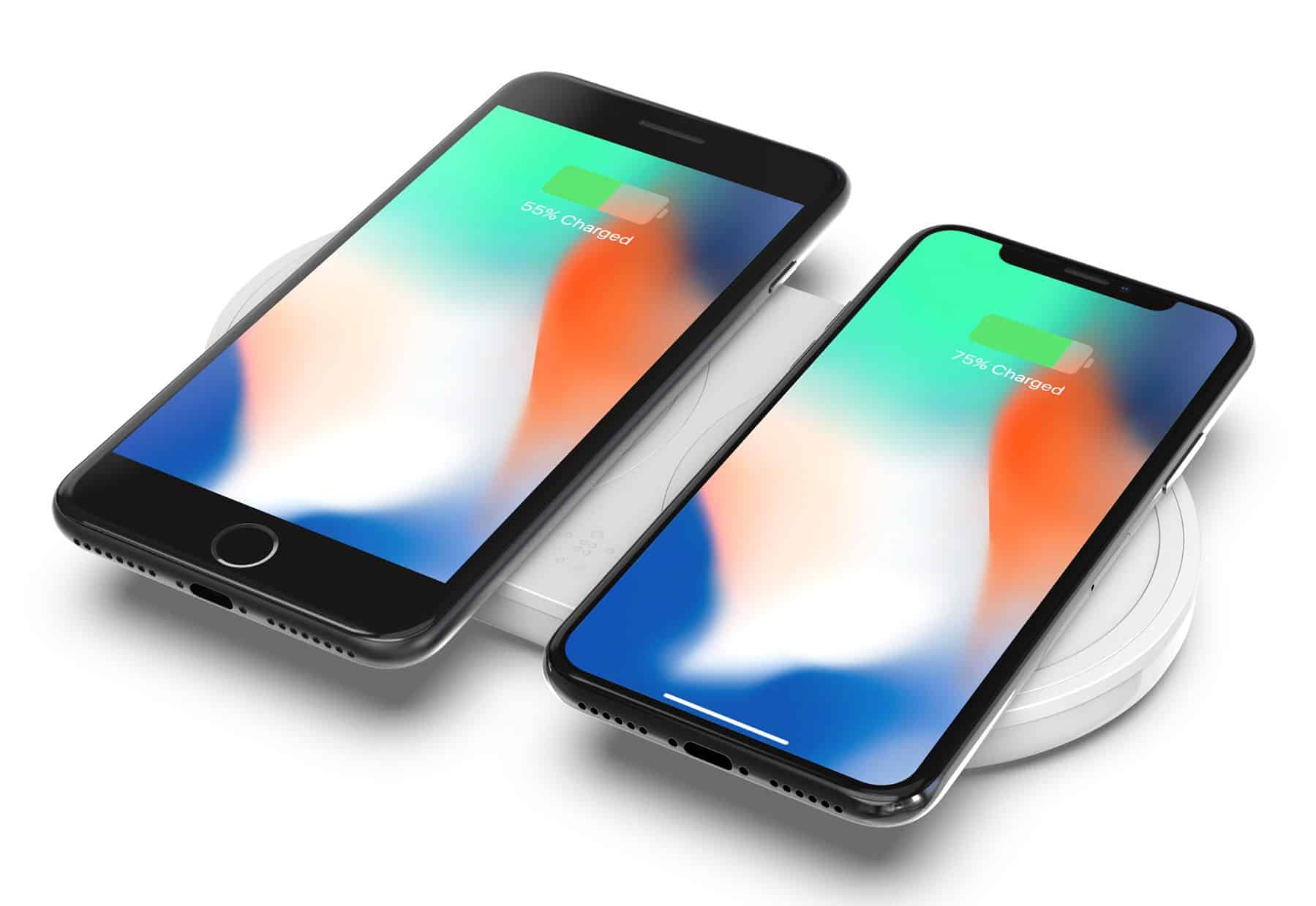
Interest in Apple’s latest handsets is nearing an all-time low in the United States. A survey among customers with three of the largest carriers reveals the number of iPhone owners who plan to upgrade to a new iPhone is down more than seven percent.

A larger iPhone X Plus will likely arrive to boost weaker-than-anticipated demand for Apple’s latest smartphones this fall. One reliable analyst claims the device will boast a 6.5-inch display and will be accompanied by a more-affordable 6.1-inch model.

Mac shipments rose in a competitive computer market last year to give Apple a greater market share. The company, alongside HP, enjoyed impressive growth year-over-year, while big players like Asus and Acer saw their shares fall.
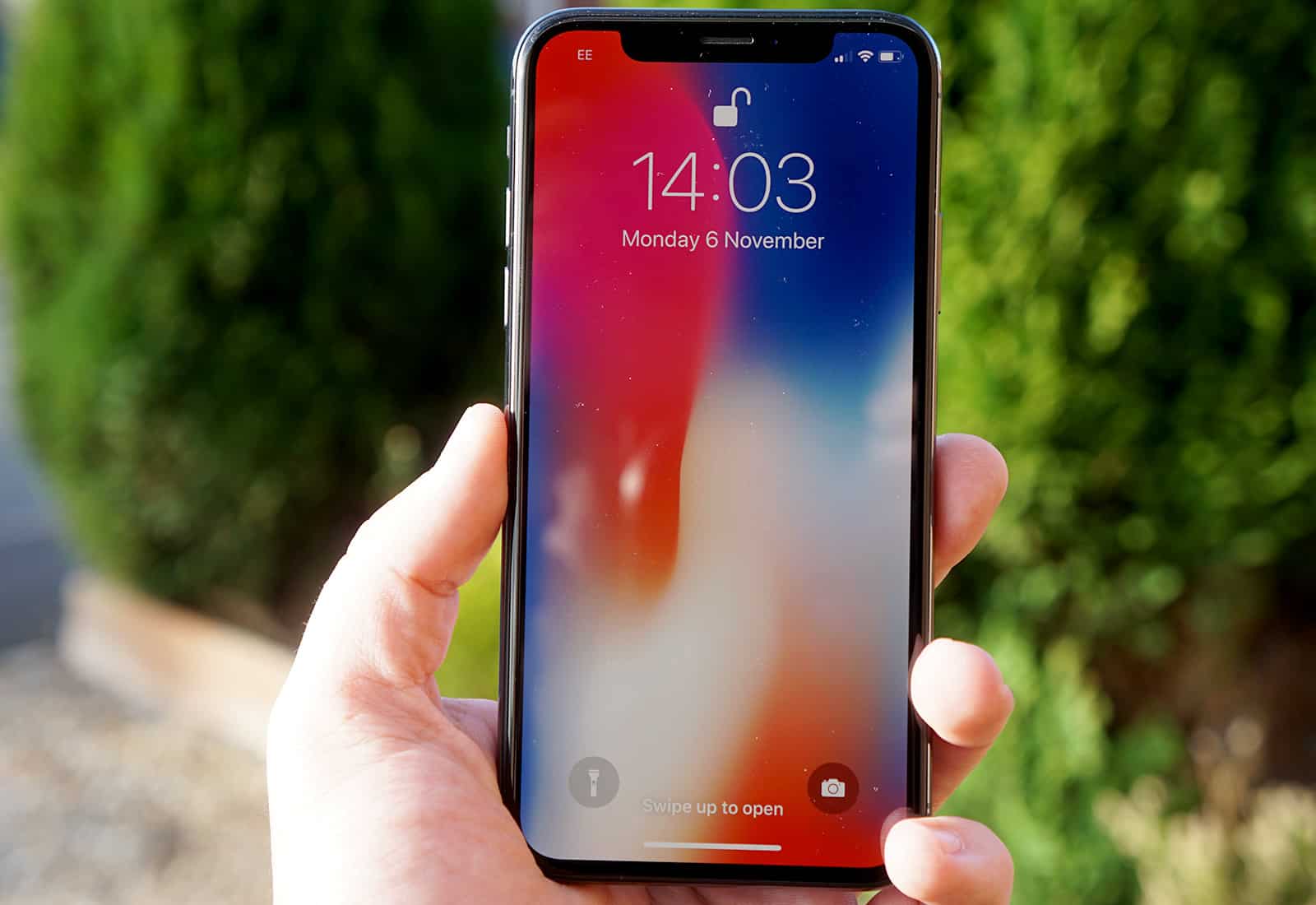
iPhone X was a hit on Black Friday, with more than 6 million units sold, according to analysts. That’s more than half the total of overall iPhone sales on November 24.

According to International Data Corp., Chinese handset maker Huawei could be poised to overtake Apple in the smartphone market this year or next.
In the second quarter of this year, Huawei’s market share was around 11.3 percent with shipments of 38.5 million, compared to Apple’s 12 percent market share with 41 million shipments.

iPhone X supply is still being plagued by manufacturing issues.
Some analysts have slashed supply forecasts even further due to the problems faced by TrueDepth sensor makers. It looks like Apple’s hottest handset will be even harder to obtain than originally anticipated.
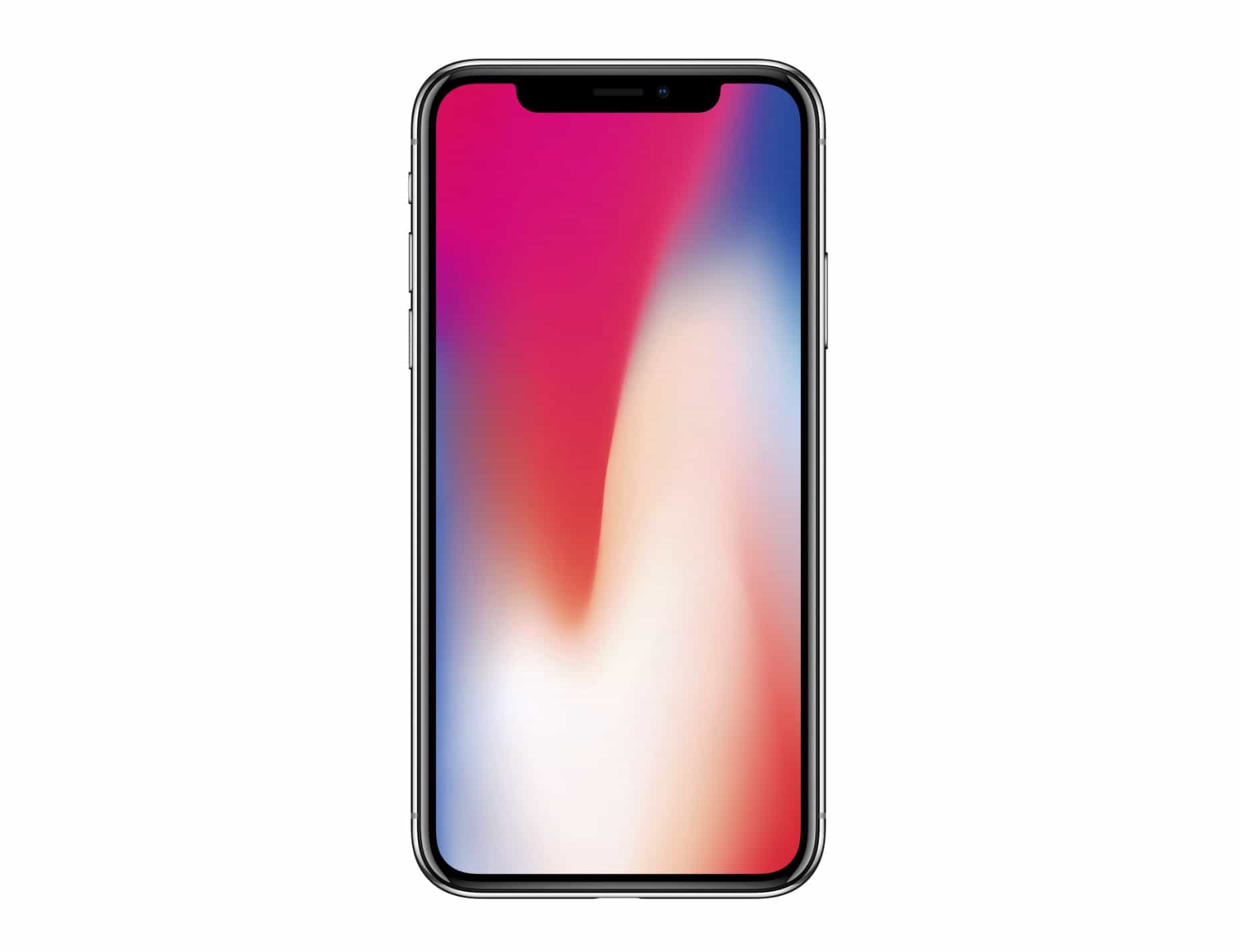
The iPhone’s upgrade supercycle analysts have been predicting for months won’t materialize until next year.
That’s according to reliable KGI Securities analyst Ming-Chi Kuo, who is blaming the delay on production issues affecting iPhone X supply, among other things.

Apple Watch shipments may have slowed in recent months, but with Series 3 right around the corner, the device is expected to enjoy a strong end to 2017.
According to sources in its supply chain, Apple is likely to ship a total of 15 million Apple Watches for the year. That figure could rise even higher in 2018.
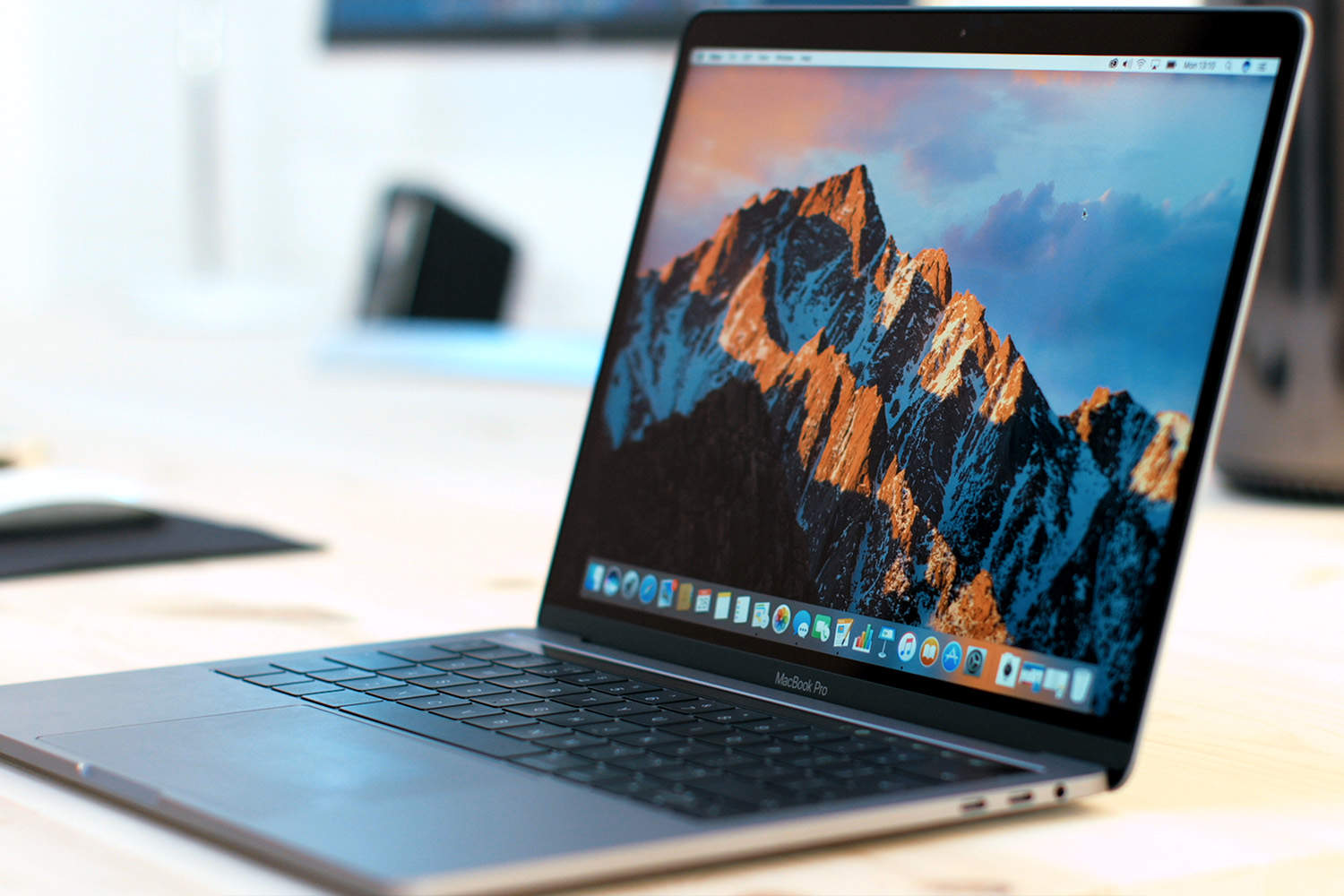
Recent upgrades to the 12-inch MacBook helped provide Apple with a 17.1 percent notebook sales boost during the second quarter of 2017. The company remains fifth in overall market share, but it has been able to widen the gap between itself and sixth-placed Acer.